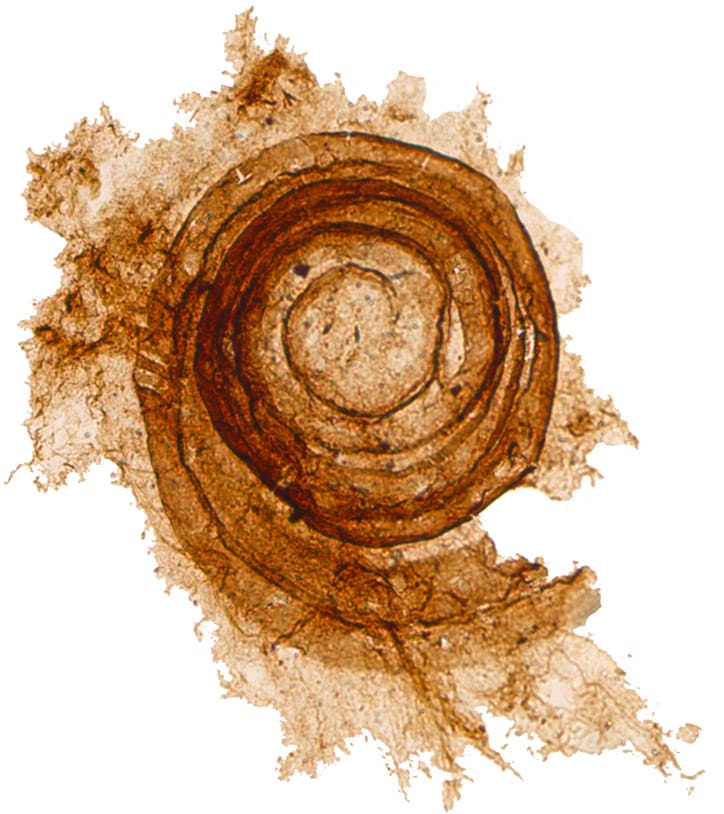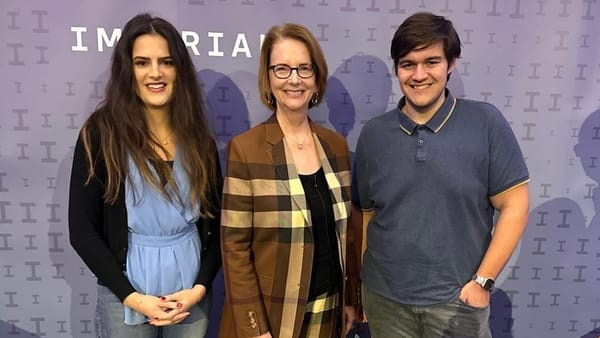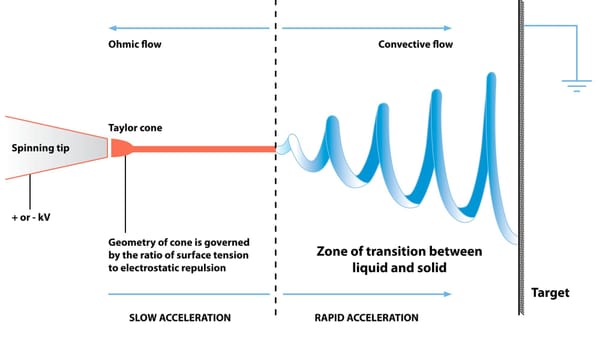Earth’s oldest fossil
Science writer Doyeon Myeong discusses the Brasier–Schopf debate on the origin of Earth’s oldest fossil.

The presence of life on Earth is perhaps the most unique aspect of the planet. However, studying how this marvel came to be can prove controversial, as life’s earliest forms are known only from fossils, which weather over time. Consequently, it is of great interest to palaeontologists to seek out the oldest fossils, pushing the boundaries of our understanding.
One key attempt to do this occurred between two renowned palaeontologists: Professor James William Schopf (UCLA) and Professor Martin David Brasier (University of Oxford).
In 1993 Schopf published a paper about some microfossils he had found in Early Archaean rocks, which he claimed were the oldest fossils to date. The microfossils were discovered in volcanic sedimentary rock deposited 3–3.5 billion years ago. Their structure is similar to that of “cellularly preserved filamentous microbes”.
In this paper, Schopf established five criteria for validating these microfossils as the oldest:
- They should occur in rocks of pre-Archaean age, the geological eon that spans from 4.5 to 2 billion years ago;
- They should be defined as Archaean in age;
- They must not have been removed from their initial site of deposition;
- They must have been deposited with other sediments that form the enclosing rock;
- It must be confirmed that they are of biological origin.
Schopf’s fossils were found in the Early Archaean Apex Chert, a region composed of rock deposited around 3,465 million years ago. They were found among pillow lava, basalt, and komatiite, which were determined to be pre-Archaean using U–Pb zircon analysis (a radiometric dating technique using uranium and lead isotopes in zircon), satisfying the both first and second criterion.
Schopf then compared the geological layering of the fossil-containing unit to adjacent layers, confirming that the fossil-bearing rock was a primary deposit, rather than a later intrusion. The fossil was also shown to be contained in its original sedimentary deposit, attesting to its ancient origin. Finally, owing to the microfossils’ similarity to known prokaryotes, their biological origin was straightforward to confirm, leading Schopf to conclude that these fossils were indeed the oldest ever found: around 3,465 million years old.
Brasier’s Opposition
Brasier had a different opinion. In 2002, he published the paper “Questioning the evidence for Earth’s oldest fossils”. Employing geochemical techniques, he argued that the microfossils Schopf claimed to have discovered were actually mineral structures composed of amorphous graphite.
Brasier began by stating that the alleged microfossils did not match what would be expected of indigenous organisms in the discovery area. Then, by analysing site rocks, he found that the chert had not been deposited successively on other units, thereby refuting Schopf’s third criterion. Moreover, through high-resolution Raman spectroscopy, Brasier discovered that the composition of the groundmass was similar to that of the purported microfossils, indicating that these “microfossils” were part of the original sedimentary rock rather than embedded organic life.
Brasier further noted that the orientation and structure of these “microfossils” were inconsistent with prokaryotic fossils, describing them as “isolated, irregularly distributed, and randomly oriented”. These features, among others, led Brasier to conclude that the “microfossils” Schopf had found were nothing more than unusual minerals.
Schopf responded by stating Brasier had “misinterpreted”, maintaining that his findings indeed represented the oldest fossils. However, many palaeontologists sided with Brasier. Consequently, Schopf’s fossils are now generally regarded as potential fossils rather than confirmed.
The debate over exactly which fossils are the oldest, and whether they have yet been definitively identified, continues to rage. This example underlines the importance of peer review and critical analysis in a field where so much is open to interpretation.









